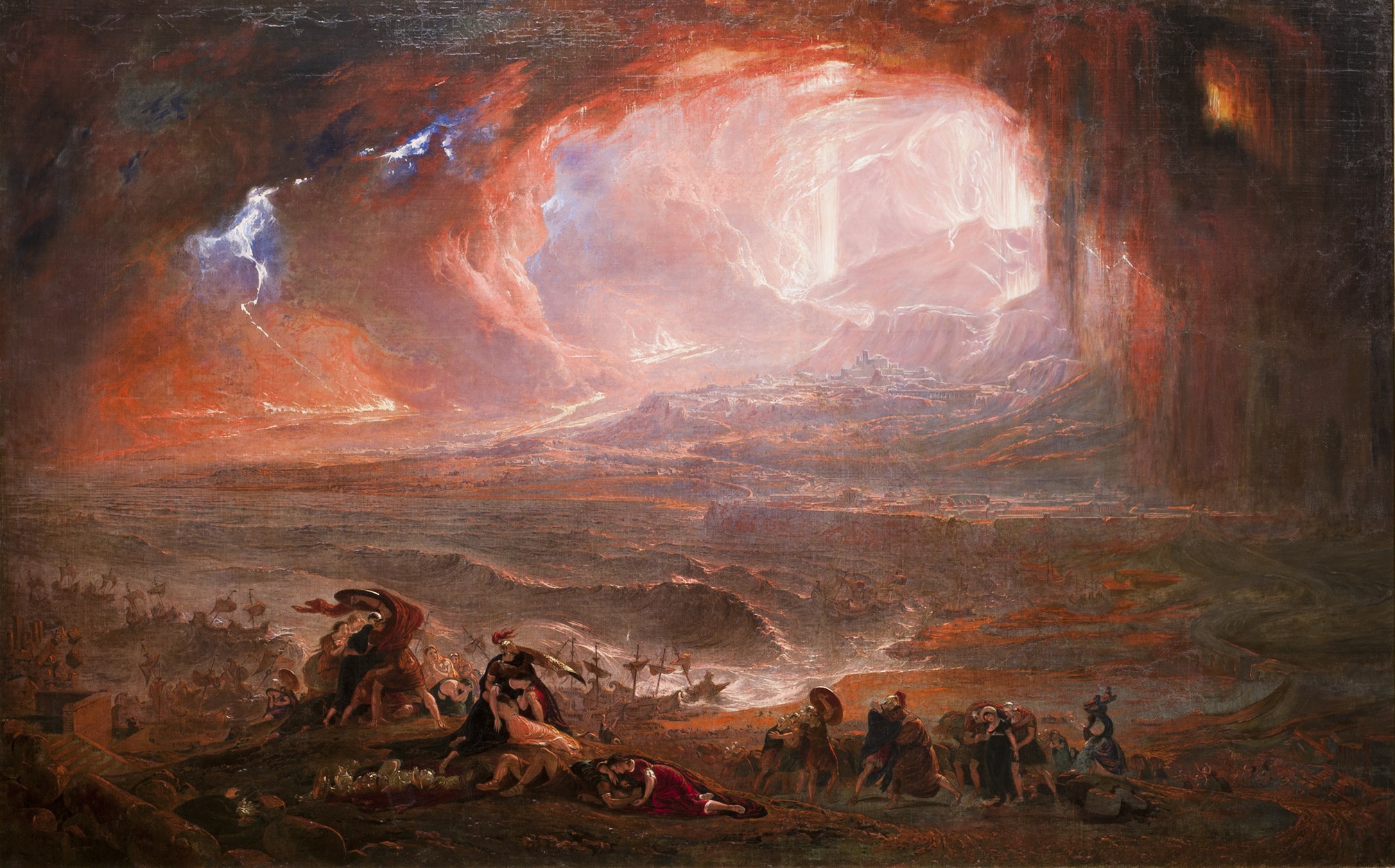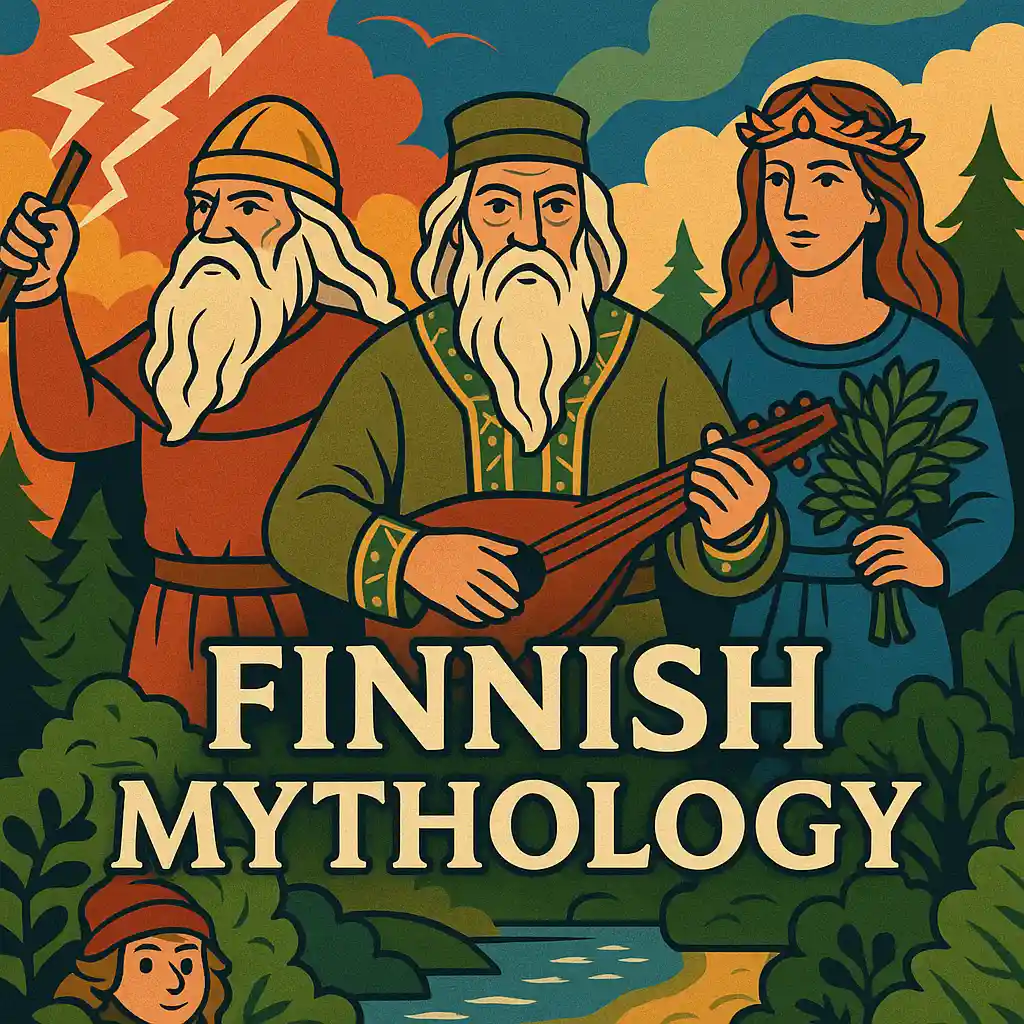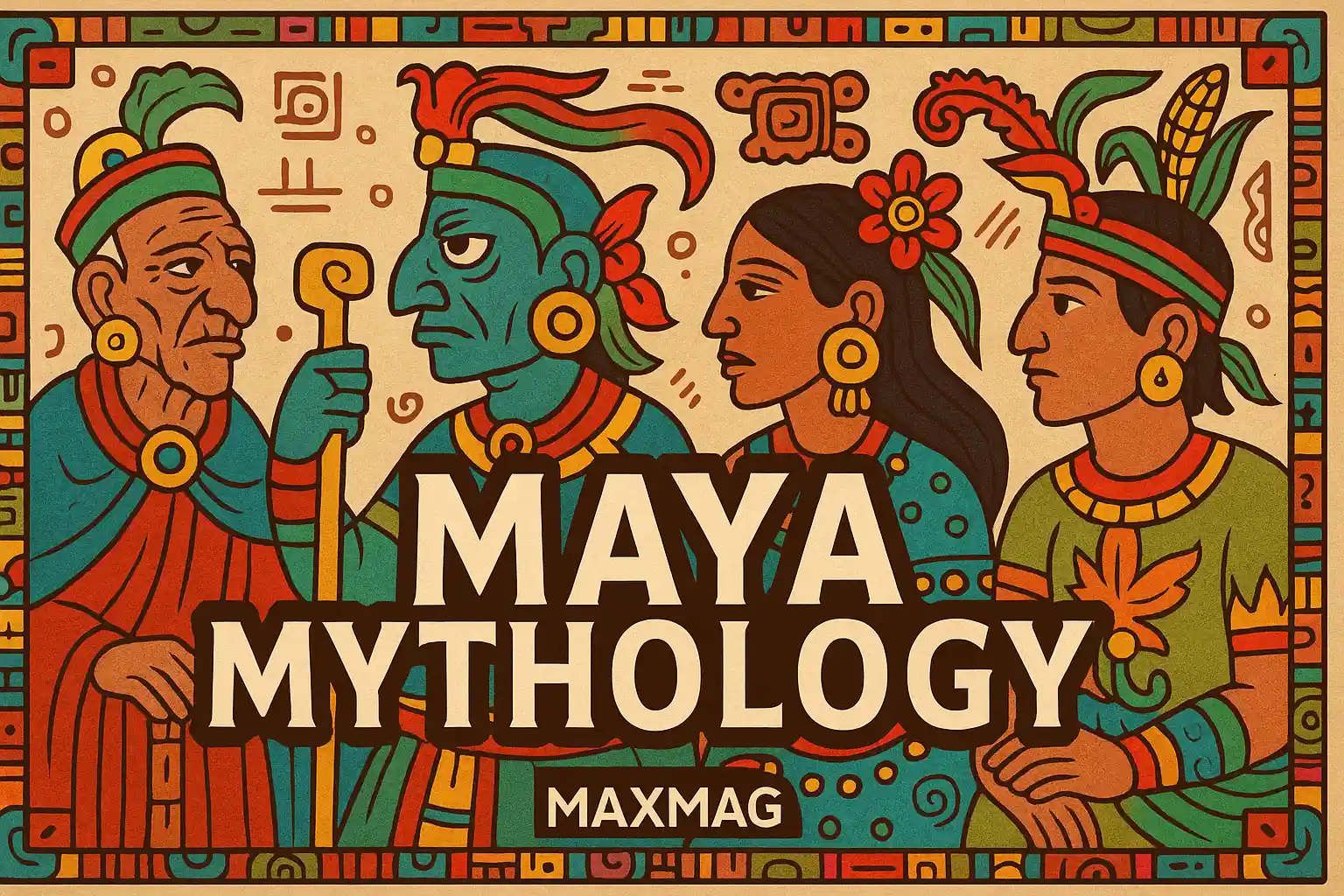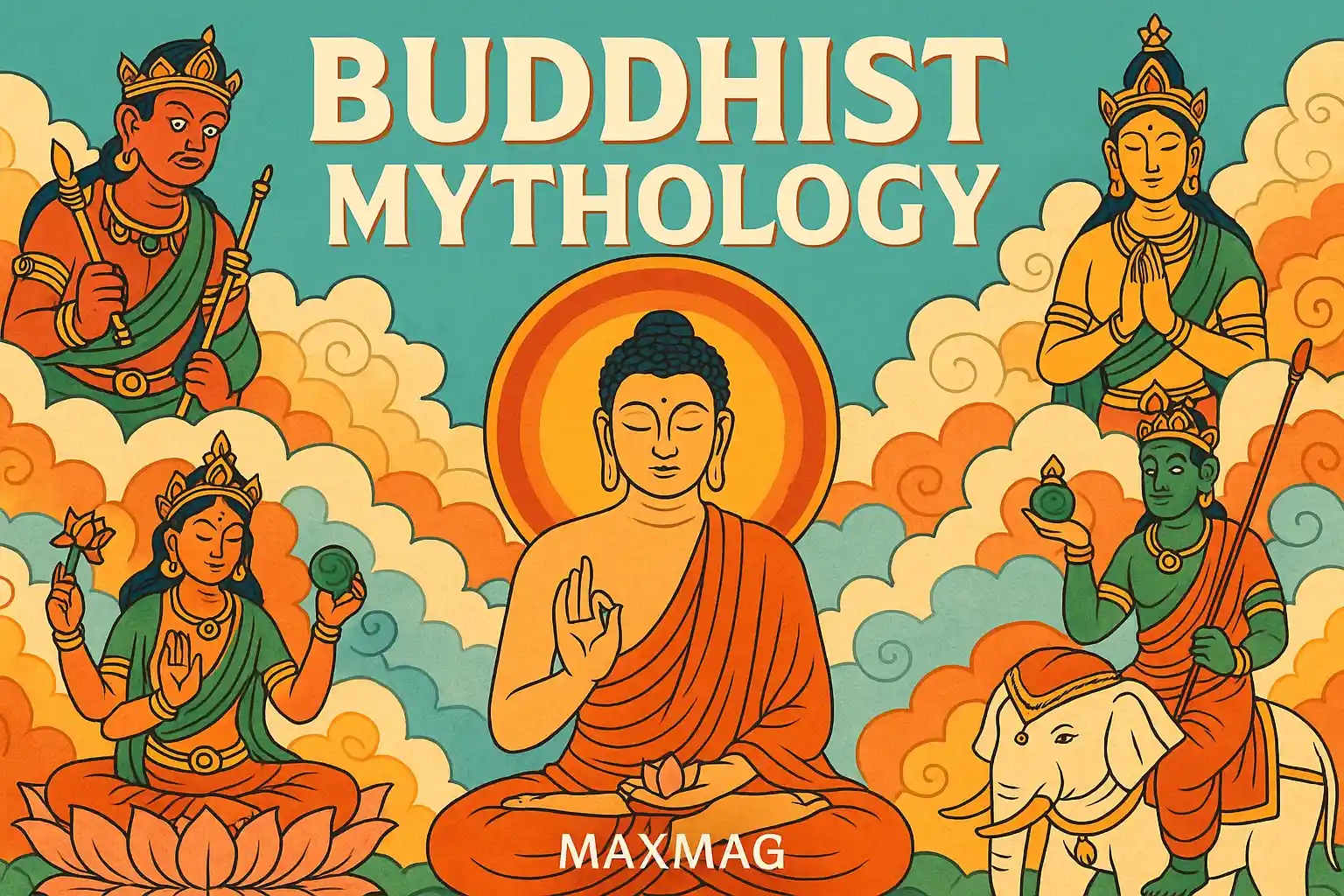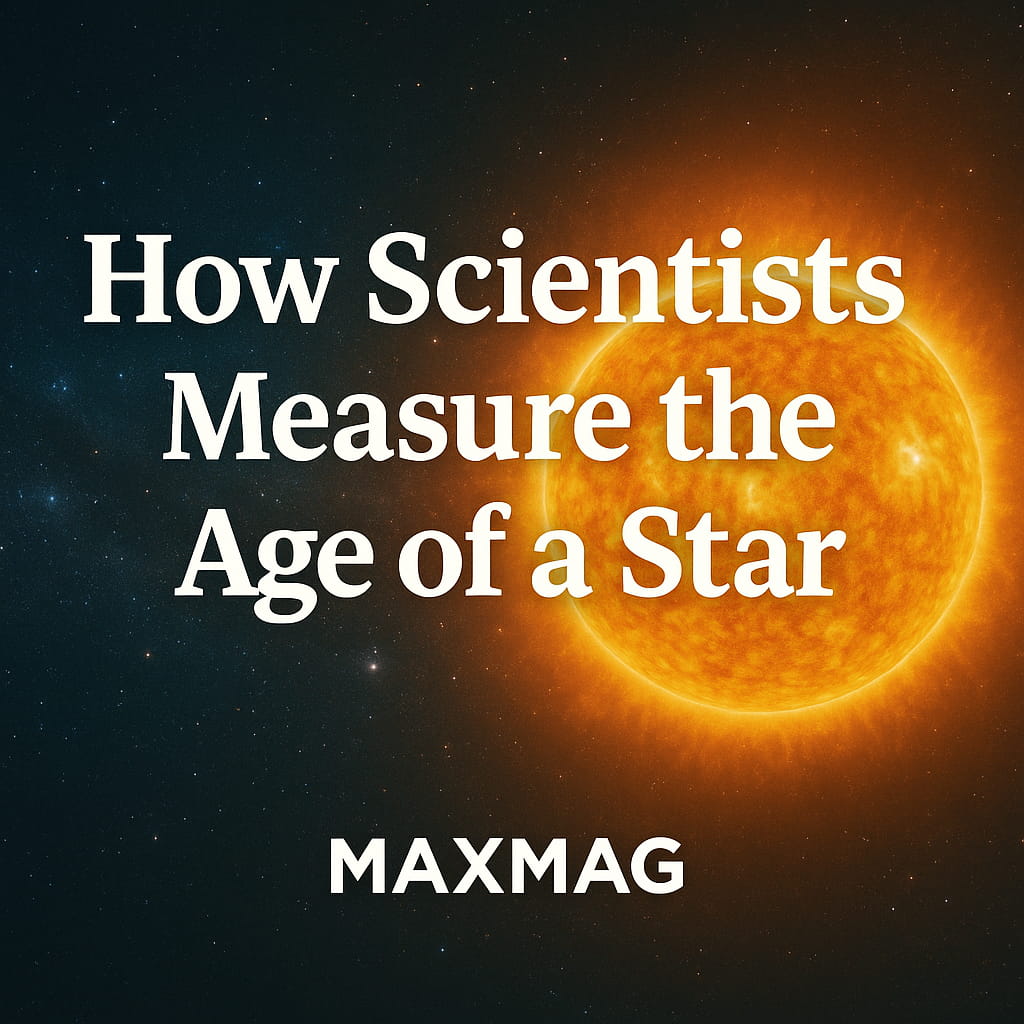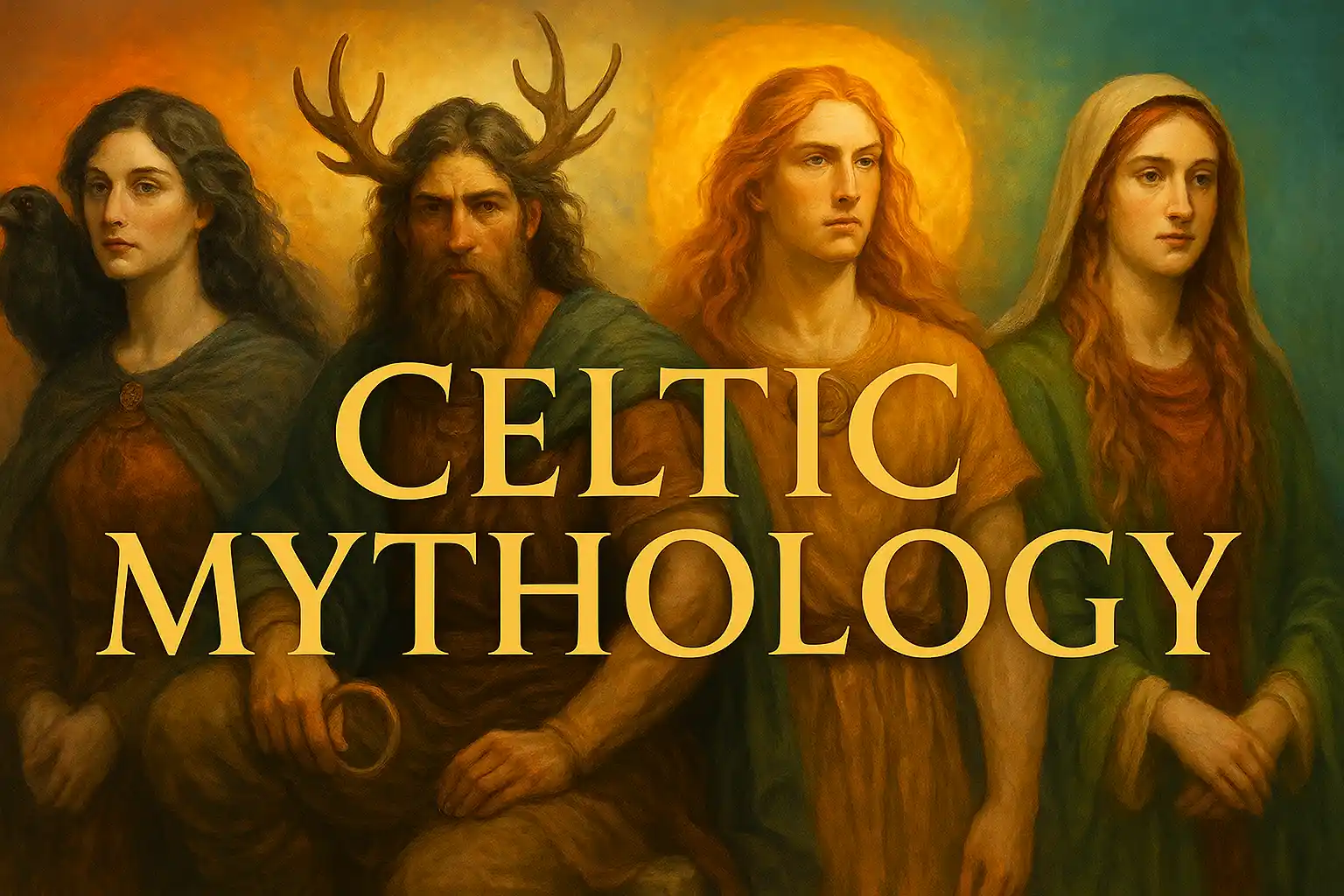
Celtic mythology represents one of the most intricate and enchanting systems of myth from the ancient world. Unlike the more centralized Greek or Roman pantheons, Celtic mythology sprawled across regions now known as Ireland, Scotland, Wales, Brittany, and parts of continental Europe like Gaul and Iberia. These myths were preserved not through monumental temples or inscribed scriptures but through oral tradition, sacred rituals, poetic storytelling, and deep communion with the natural world. Through time, these stories evolved, reflecting centuries of cultural, spiritual, and political change.
This article explores the rich symbolism, deities, legendary figures, and spiritual truths embedded in Celtic mythology. From the shapeshifting Morrigan to the heroic deeds of Cú Chulainn and the wisdom of the druids, Celtic mythology offers profound insights into how the ancient Celts viewed the cosmos, nature, life, death, and the cyclical passage of time. It also examines the afterlife, gender roles, sacred places, and the legacy of myth in modern times.
The Foundation of Celtic Belief
Celtic belief systems were deeply rooted in nature. Rivers, stones, animals, and trees were thought to possess spirits. Every aspect of the environment was infused with life and sacred presence. The Celts did not view gods as remote or abstract—they were immanent in natural features like rivers (the goddess Boann), hills, and groves. Mountains could be ancestors, and birds could carry omens or divine messages.
The Celts believed in a layered universe. Their cosmology included the mortal world, the Otherworld (a magical, invisible realm), and the sky world. These were interconnected through portals—sacred sites, times of year, or spiritual states achieved in trance or ritual.
The druids, the spiritual and intellectual elite, acted as intermediaries between these worlds. They were more than priests—they were judges, astronomers, poets, and healers. They memorized hundreds of verses, laws, and genealogies, keeping the culture’s mythic memory alive for generations. As noted in resources by the Smithsonian Institution, oral cultures like the Celts relied on trained orators and ceremonial gatherings to encode history into memory.
The Pantheon of Gods and Goddesses
Celtic mythology features a vast array of deities, often overlapping across regions. These gods and goddesses represented nature’s forces, human emotions, and societal roles, and they often defied clear-cut moral distinctions.
The Dagda – The Good God
The Dagda, or “Good God,” was not merely benevolent—he was a powerful, complex deity who ruled over fertility, weather, agriculture, and time. He carried a magical club that could kill with one end and revive with the other. He owned a harp that could change the seasons and a cauldron of endless sustenance. Often seen as a father figure to gods and mortals alike, the Dagda is a symbol of abundance and cosmic authority.
The Morrigan – Goddess of Fate, War, and Prophecy
The Morrigan is one of the most enigmatic figures in Celtic lore. She is a goddess of battle and destiny who often appears as a crow on the battlefield. She embodies transformation, sovereignty, and the chaotic forces of war. Sometimes portrayed as a triad of sisters, the Morrigan symbolizes the complex relationship between death, power, and rebirth. Her stories are central to Irish myth and express themes of fate that are echoed across Indo-European traditions.
Lugh – Master of Many Arts
Lugh was revered as a god of light, craftsmanship, war, and kingship. He was said to possess every skill imaginable, earning him the title “Lugh the Long Arm.” At the festival of Lughnasadh, held in his honor, people celebrated the harvest with games, rituals, and feasting. Lugh’s spear was said to be unstoppable in battle, and his influence extended across Irish, Welsh, and continental traditions.
Brigid – Goddess of the Flame
Brigid, the daughter of the Dagda, is a beloved goddess of healing, inspiration, smithcraft, and poetry. She was honored at Imbolc, a festival marking the return of light in early February. Wells, flames, and sacred animals were associated with her. Following Christianization, she became Saint Brigid—showing the seamless way in which pagan and Christian traditions merged in Ireland.
Brigid’s association with the hearth, childbirth, and creative arts makes her a nurturing and powerful symbol of feminine strength. Her sacred flame still burns in Kildare, Ireland, tended by women dedicated to her legacy.
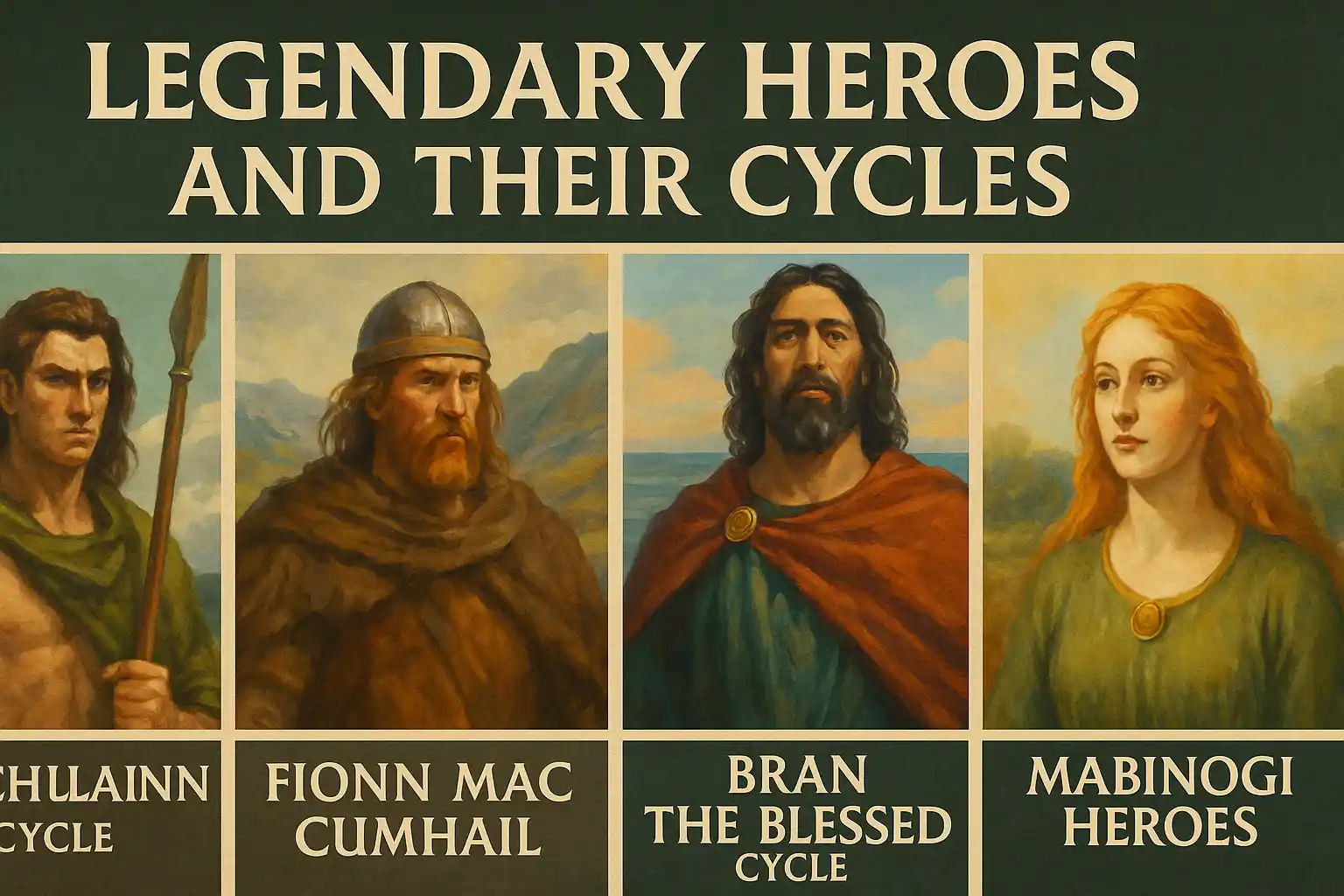
Legendary Heroes and Their Cycles
Celtic myths revolve not only around gods but also around semi-divine heroes whose stories blend historical memory with symbolic grandeur.
Cú Chulainn – The Hound of Ulster
A fierce young warrior, Cú Chulainn’s legend is told in the Ulster Cycle. Born as Setanta, he earned his name after slaying the guard dog of the smith Culann and offering to replace it. He trained under the warrior woman Scáthach and became known for his ríastrad or “warp-spasm”—a berserk state that transformed him into a monstrous form in battle.
Despite his strength, Cú Chulainn’s fate is tragic. He sacrifices personal happiness and ultimately dies alone in battle, tied to a standing stone. His life embodies themes of honor, loyalty, and the cost of glory.
Fionn mac Cumhaill – Wisdom of the Wild
Fionn, leader of the Fianna (a band of forest-dwelling warriors), is central to the Fenian Cycle. His childhood story includes the Salmon of Knowledge—after tasting its skin, he gained infinite wisdom. Fionn is known for his poetic vision, just rule, and mystical insights into the natural world.
Many tales depict him walking the wilds of Ireland, speaking to spirits, and interpreting omens. His role is not just as a warrior, but as a bridge between humanity and the enchanted forest.
Queen Medb – Sovereign of Power
Medb of Connacht is a complex and powerful queen, most famous for initiating the cattle raid of Cooley to rival her husband’s wealth. She commands armies, negotiates with kings, and is feared for her strategic mind. Medb represents female sovereignty—her control over land and her body is symbolic of political and personal autonomy.
Her myth reveals ancient ideals of kingship, fertility, and the sacred marriage between rulers and the land itself.
Sacred Sites and Landscapes
Celtic spirituality was geographically grounded. Certain places were seen as liminal zones where the veil between worlds thinned. Newgrange, a Neolithic passage tomb in Ireland aligned with the winter solstice, reflects the Celts’ astronomical awareness and spiritual reverence.
Natural features—like the Hill of Tara, rivers like the Boyne, or wells like Brigid’s in Kildare—were imbued with power. Pilgrimages, sacrifices, and oaths were performed at these sites.
These locations were not relics of the past but active spiritual landscapes. As explored by the National Endowment for the Humanities, such sacred geography offers insight into how early cultures viewed space, memory, and divine proximity.
The Otherworld: A Realm of Mystery
Celtic cosmology included a realm known as the Otherworld, often described as a land of eternal youth, music, and beauty. It could be accessed through burial mounds, misty shorelines, or enchanted forests. Time in the Otherworld moved differently—mortals might return to find centuries had passed.
Unlike Christian heaven or hell, the Otherworld was morally neutral, its spirits often capricious and seductive. Fairies (Aos Sí), often seen as remnants of the old gods, resided here and interacted with mortals in dreams, rituals, or festivals like Samhain.
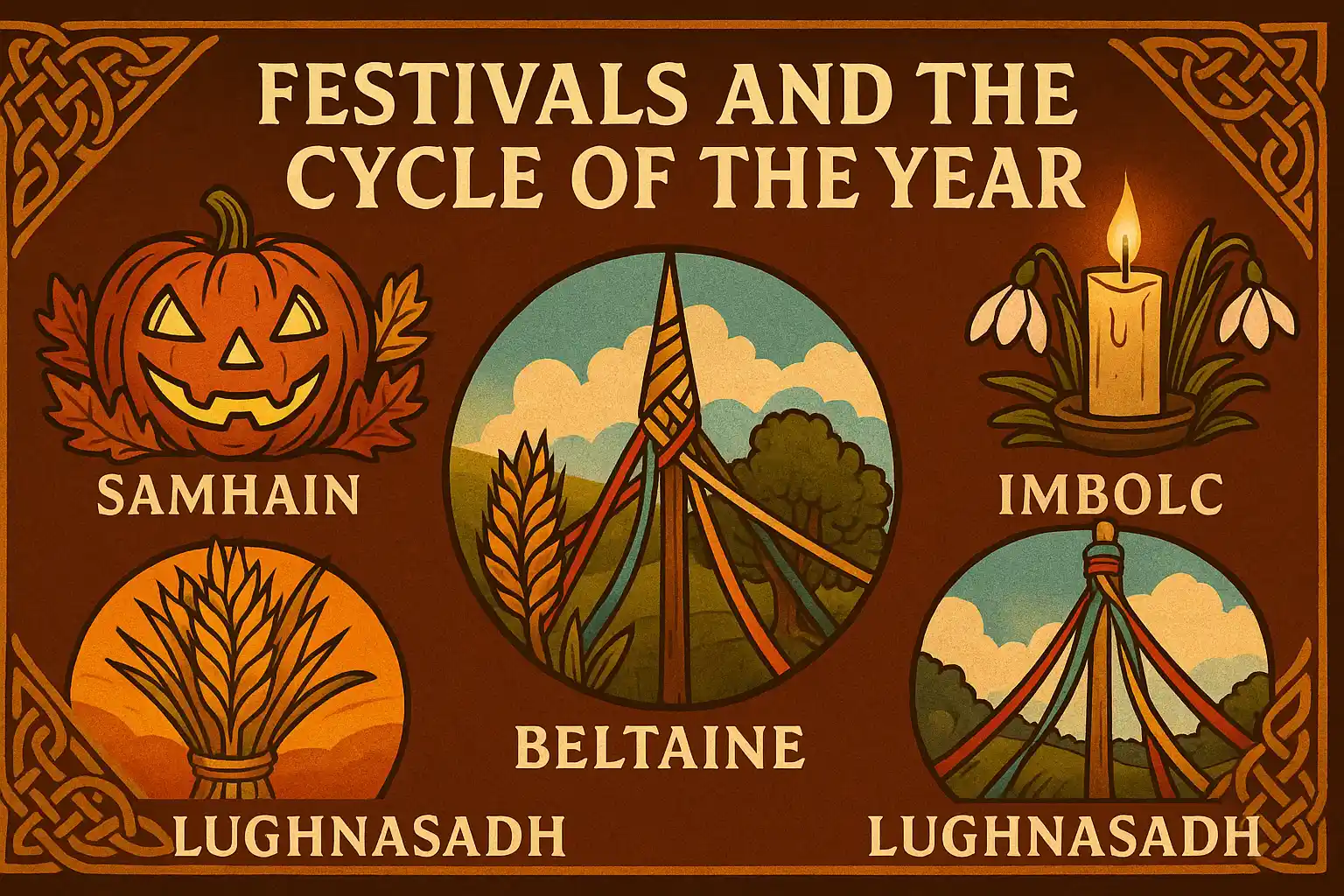
Festivals and the Cycle of the Year
The Celtic year was marked by four major festivals:
-
Samhain (Nov 1): New Year and the time when spirits roamed.
-
Imbolc (Feb 1): Celebrating Brigid and the return of light.
-
Beltaine (May 1): Fire festival for fertility and protection.
-
Lughnasadh (Aug 1): Honoring Lugh and the first harvest.
Each festival marked a transition—seasonal, agricultural, and spiritual. These were communal events blending ritual, feast, and mythic storytelling.
Gender, Transformation, and Balance
Celtic myths embrace fluidity—between life and death, male and female, animal and human. Some deities, like the Morrigan, shifted forms. Heroes underwent spiritual transformations. Even rivers could be feminine beings with names and histories.
Women were often initiators of mythic events—warriors, seers, or divine guides. Men were often tested not just by force, but by riddles, prophecy, or seduction. The fluid nature of identity is a recurring theme across Celtic stories.
Art, Symbols, and Written Echoes
Celtic art captures the mythic in abstract, symbolic form: spirals, triskelions, knotwork, and animal motifs all encode cosmological beliefs. These forms decorate ancient stones, manuscripts like the Book of Kells, and jewelry.
The British Museum holds exquisite examples of Celtic metalwork, including torcs, shields, and mirrors—each an object of ritual and symbolism.
Ogham, an early Irish script, was carved on stones and possibly used by druids. Each letter was associated with a tree and had layers of mystical significance.
Christianity and the Evolution of Myth
The arrival of Christianity did not erase Celtic myths—it transformed them. Monks recorded stories, sometimes Christianizing heroes or moralizing tales. Yet many core themes remained: reverence for nature, layered time, and the Otherworld.
Saints like Patrick and Brigid retained mythic qualities. Sacred wells, pilgrimages, and storytelling persisted, bridging pagan and Christian traditions.
Frequently Asked Questions
Q1: What is the Otherworld in Celtic mythology?
Q2: Who is the most powerful Celtic goddess?
Q3: Are there similarities between Celtic and Norse mythology?
Q4: What animals are sacred in Celtic mythology?
Q5: What role did druids play in mythology?
Q6: Can we still visit places connected to Celtic myths?

